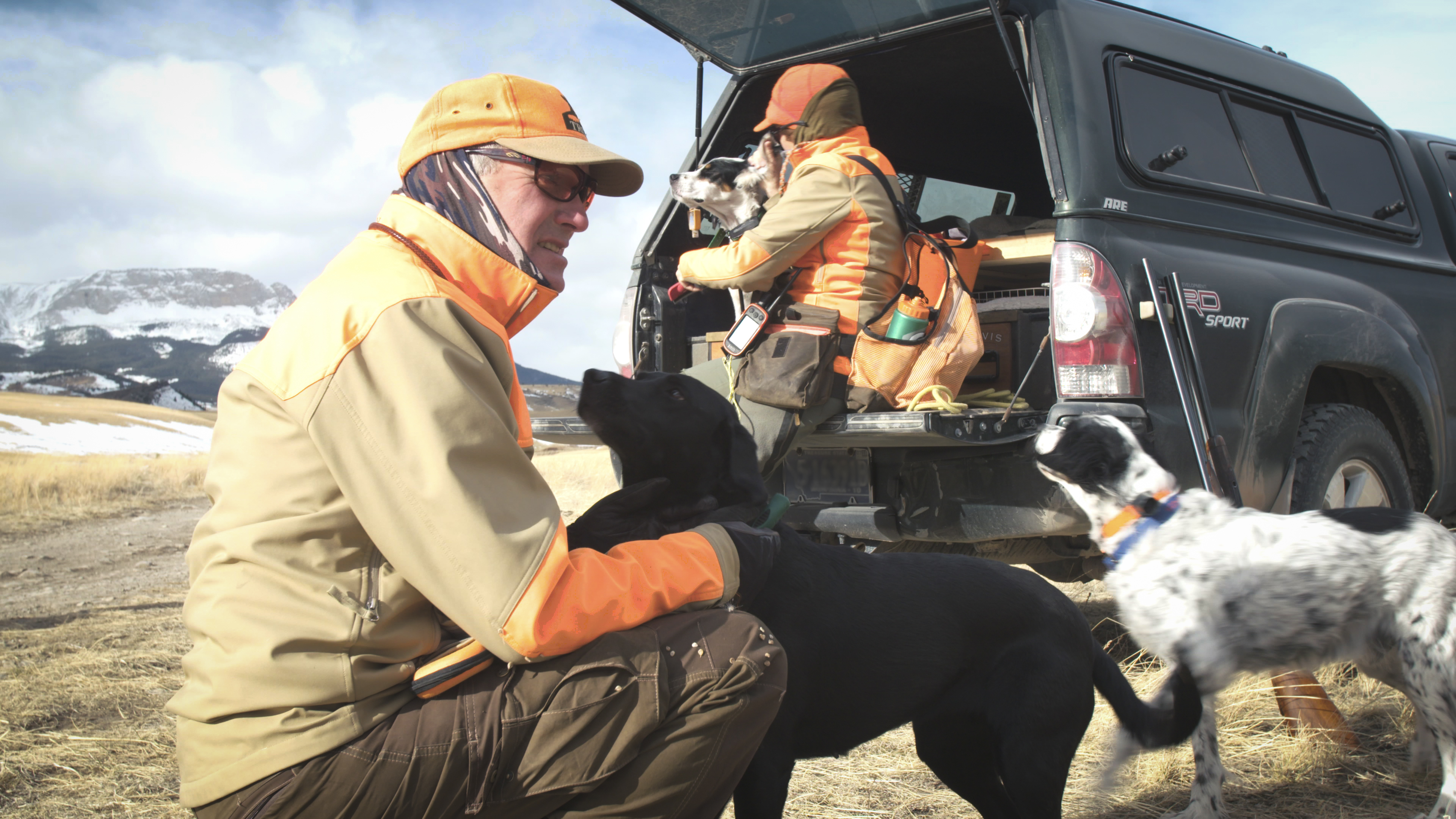The sporting pursuits of hunting and angling might not conjure visions of green-eyed enviro-nuts and kale-munching hippies, but those worn-out clichés are often more accurate than the stereotypes foisted on hunters and fishers by the non-hunting and non-fishing public.
That’s because hunting and fishing pays for conservation and, because the North American Wildlife Conservation Model dictates that wildlife is held in the public trust, everyone who likes to recreate in the outdoors benefits from those activities.
Indeed, hunters and anglers were among the first conservationists. In the mid 1800s, recognizing the need to set limits in order to protect rapidly disappearing wildlife and assume management responsibility for its habitat, hunters and anglers emerged as the first to crusade for wildlife protection, and remain some of the staunchest conservation advocates to this day.
Talk to many hunters or anglers and they’ll proudly tell you about their conservation ethic and the role they play in protecting wildlife populations and habitat (there are exceptions, which is why the beer-can littering, rifle-out-the-pickup stereotype persists).
But mention climate, or suggest the notion that the world is warming, and the conservation conversation often goes off the rails.
That’s something Todd Tanner is trying to repair.
“Basically, I’m trying to get the word out to sportsmen groups across the country about the impact of climate change on the resources we all care deeply about,” said Tanner, president of Conservation Hawks, an organization that strives to educate and engage sportsmen and women on climate change.
Those efforts manifested recently in the film “In the Heart of the Rockies,” the world premiere of which was last week at Kalispell Brewing Co., where several dozen members of the Flathead Valley’s chapter of Trout Unlimited gathered to watch.
Filmed in part in the Flathead Valley, “In the Heart of the Rockies” showcases Montana’s unique and diverse landscape through the eyes of the sportsmen and women who know it best, including elk hunter Craig Matthews, upland bird hunters Dave Perkins, Nancy Mackinnon and Phoebe Bean, ice fisherman Hal Herring, and fly fisher and Columbia Falls native Hilary Hutcheson, as well as Tanner, an avid hunter and fly-fishing angler from Bigfork.
The film will become available on The Sportsman Channel at thesportsmanchannel.com beginning March 2, and Tanner hopes it will move the conservation conversation among hunters and anglers one step closer to climate.
“We are doing this to ourselves,” Tanner said. “And who better to fix it than the folks who hike through the empirical evidence every time they step outside?”
“We have to have healthy landscapes in order to have a healthy economy and environment,” Matthews, the elk hunter, explains in the film. “Otherwise we’re going to lose more than the animals. We’re going to lose the experience.”
Hutcheson, a fishing guide for Glacier Anglers and owner of Lary’s Fly and Supply in downtown Columbia Falls, said the increasing presence of wildfire on the western landscape, which scores of scientific studies have linked to the effects of climate change, has dealt a blow to her business.
Not only do hot, dry summers stress the fish that depend on clear, cold water to persist, and which Hutcheson in turn depends on to satisfy her clients, but they deal a blow to business when it’s too smoky to fish.
Hutcheson said she noticed a dwindling number of people walking into her storefront during wildfire season the past two summers; as conditions worsened last summer, Hutcheson was forced to close the fly shop for a week.
“You have to make hay when the sun shines, and so the fire season made an already short fishing guide season even shorter,” Hutcheson said.
Hutcheson isn’t alone. Businesses in the tourism and outdoor recreation industry across Northwest Montana were impacted by an historic fire season that burned hundreds of thousands of acres and filled the valleys with cough-inducing smoke.
The economic impact of climate change has been an effective talking point, but Tanner is hopeful that the short films and documentaries that Conservation Hawks has released will mobilize the nearly 40 million American outdoor enthusiasts about the dangers that climate change pose to their passions.
Tanner floated the Snake River in Idaho for his portion of “In the Heart of the Rockies,” joined by his son, Kian, while Herring, a professional conservation journalist and avid hunter and angler, was joined by his son and daughter for their ice fishing expedition on Echo Lake.
The notion of passing down beloved fish and wildlife resources to future generations is a theme that runs prominently through “In the Heart of the Rockies,” and Tanner says it’s a theme that transcends party lines.
“A lot of sportsmen tend to be pretty conservative politically, but these outdoor resources that we’re going to lose aren’t about politics,” Tanner said.
